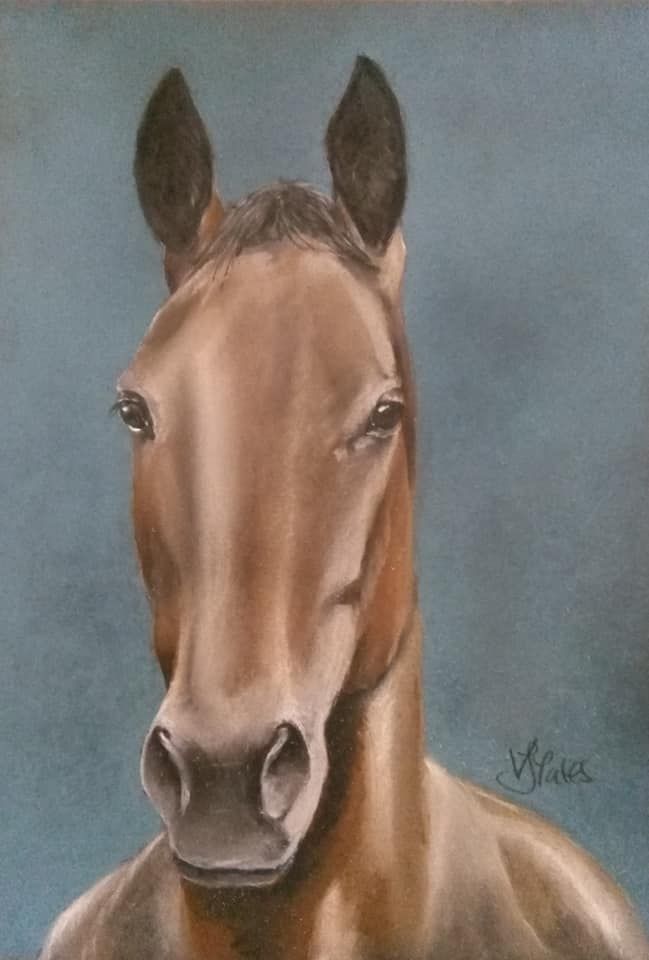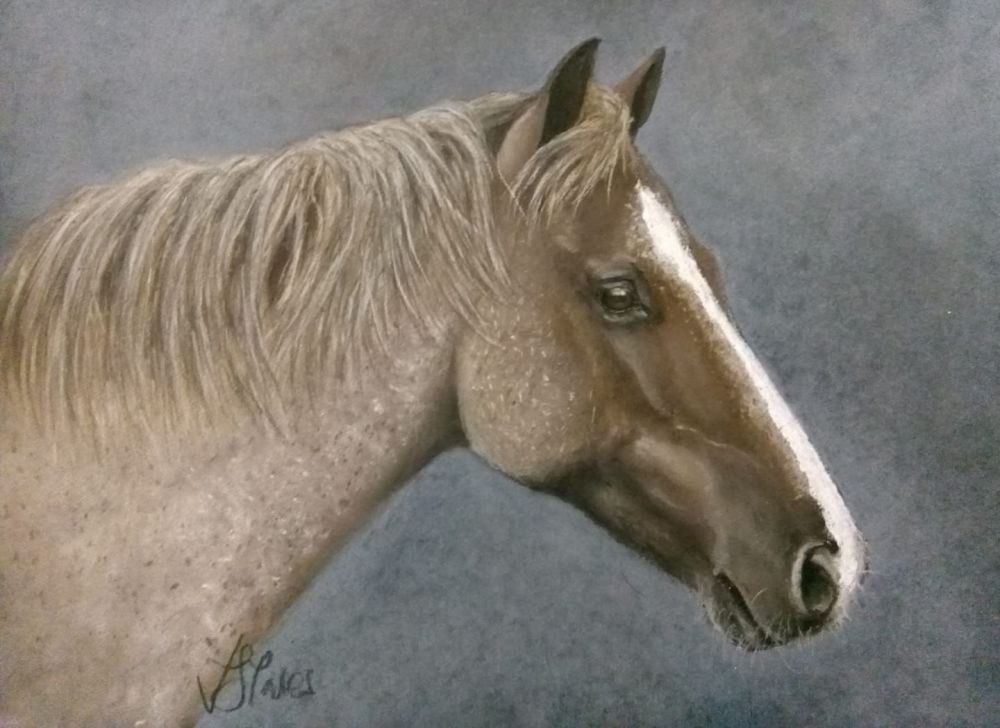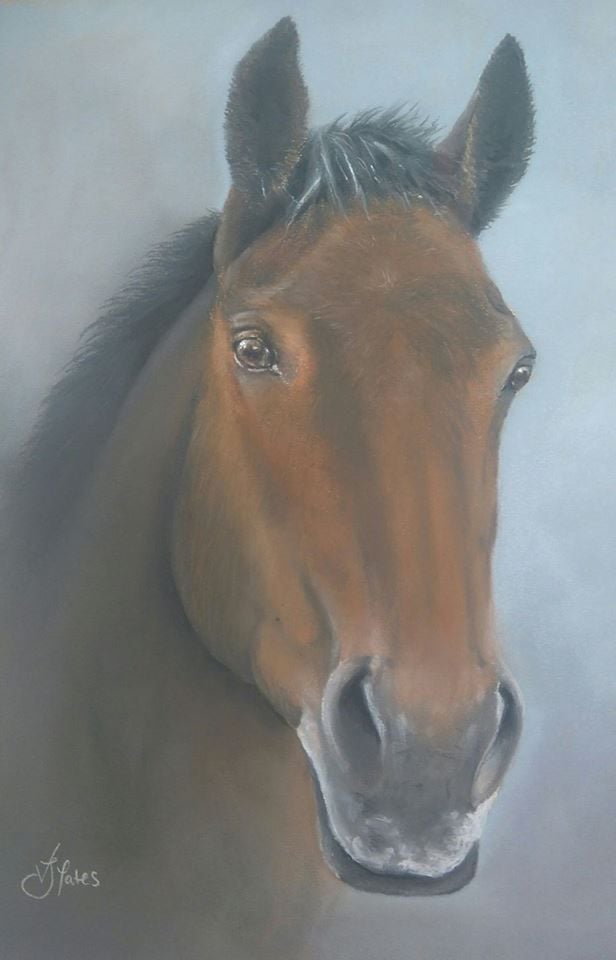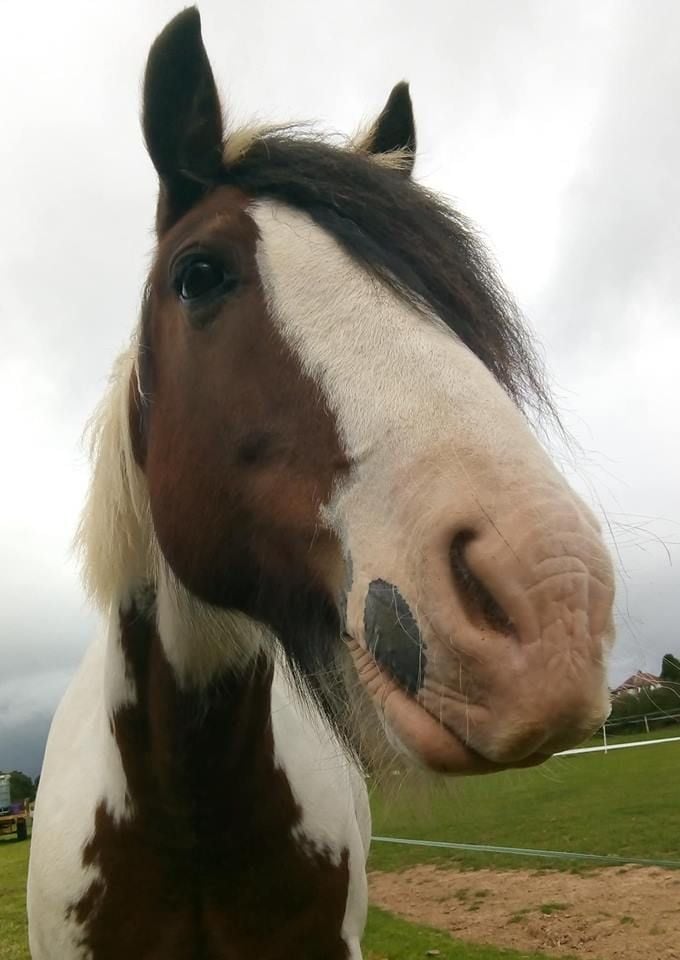Catch Me If You Can
Posted on
I get asked to help people with difficult to catch horses. There are many reasons why a horse may not want to be caught. Once you know why the path before you opens up. Several horses I have been out to have been rescued from terrible abuse and as a result, they are truly terrified of humans. Others have negative past experiences of being caught because it then led to riding using methods the horse hated. Plenty of horses have had their permission boundaries ignored. These horses can emotionally shut down once caught, and seem very bidable and compliant. They may only express not wanting to be caught in the field as this environment maybe the only place they have control over what happens. Other horses have so little interaction with humans so they are wary. A few have no interest in interacting with humans. A few play games with their humans. And a few humans I work with are nervous of their horse, so their horse therefore isn’t keen to be caught and spend time with a human who makes them feel uneasy. A few equine and human partnerships are at breaking point with a list of issues going on and catching is the tip of the ice-burg. So clearly one size will not fit all.

The pathway for changing success in catching is looking at matters from the horses view point. I know that each client and their horse I work with are unique, so I put in place a bespoke plan. So here I cannot write for you here a catching formula that fits all. As a deeply traumatized horse that is freely turned out in a huge field with no facilities, progress maybe measured by getting permission to close the gap between horse and human. With a horse that is emotionally shut down it will be about helping that horse to deal with the emotional baggage, and ignition of joy, happiness and intrinsic motivation. For a nervous human it will be about building confidence and teaching them how to be appropriate with their horse.
A massive tool for all issues is use of positive reinforcement. This comes in many shapes and sizes. So for an example when a horse that is fearful allows you to come a tiny bit closer to him, acknowledgement of this can be moving away and giving the horse time to think and reflect, it is a positive reward and reinforcement for that horse. Predators never leave. Bit by bit using this technique your horse will allow you closer. Permission to approach is what we are seeking. That’s completely different to permission to share space and permission to touch. Many people fail to recognise we may not have permission to approach, let alone share space respectfully with the horse, let alone touch. We have to earn this right. A fearful horse needs time to assess if he is comfortable and safe letting you near. The deeper the fear the longer this evaluation may take. Therefore be prepared to pack patience with you. Once you are on the edge of your horse’s personal bubble be patient and wait for him to reach out to move into your bubble. Yes let your horse approach you, check you out. You can reward this with a treat. Then leave. Let your horse process and reflect that nothing bad happened. This is the long game as this is the start of the journey of teaching your horse to catch you.
However addressing the root cause has to be a huge part of the solution along with working on catching. So for horses that know being caught equals activities they don’t enjoy, it is time to address this. Reading my series on Motivation in the Published articles section will help you to gain insights into changing things for you and your horse so activities become rewarding and enjoyable for you and your horse. Once something is seen by your horse as very enjoyable and fun, guess what? Yes your horse will choose to leave his field buddies, the grass and catch you, because being with you will be more important.
Invest in play. If something is fun and enjoyable your horse will look forward to you arriving. Horsemanship Magazine showcased 2 articles of mine – The Art of Play, which you can read for free in the resources section. Play provides us with an excellent opportunity to fully engage with our horses on many levels: cognitively, physically, socially, emotionally and spiritually. It teaches horses and humans about sharing a learning experience. In horsemanship play is a wonderful tool in development of a shared language as it opens up two way communication. It builds self-esteem and self-confidence in both equine and human participants which enriches a shared supportive relationship. Play is wonderful for building mutual respect, trust and bonding. There are so many benefits to engaging in play for both horses and humans.
Shift your intention. Humans are very goal driven. So when we have a difficult to catch horse it is easy to get focused on catching the horse. Rather than step back and think why is the horse not happy to be caught? If you know the root-cause for example the horse is fearful, you can shift your intention from catching to being about helping the horse not to feel fearful, to relax, to trust and to be calm. Then guess what the catching problem usually fades away.
Treats. I use positive reinforcement in horsemanship, so yes I have no problem using treats as a reward. However I teach a horse, a noise = a reward. It enables me to be very accurate in marking a behaviour that I am looking for. They have to earn the reward, learn and process what he has done to receive the treat. Plus note food as a reward is only one positive extrinsic motivational tool. There are lots of positive extrinsic motivational tools we can use. You can read for free about positive reinforcement in the Motivation series of articles that appeared in Horsemanship Magazine. You will find them on the published articles section. NEVER BRIBE a horse with food. It sets up lots of problems.
There are plenty of techniques and strategies you can use to catch a horse, which as one size does not fit all, I can share one to one with you and your horse if needed. The ones that work permanently address the root cause as to why your horse doesn’t want to be caught. Most techniques use the language of the herd, habituation and desensitization, using a graded approach and retreat technique. If this is placed as highly as the relationship between you and your horse you will be on the right tracks. The aim is to not catch your horse but have your horse want to catch you. As a partnership you will both become confident, comfortable and trusting in each other. Think of the catching issue as an opportunity to change perceptions about the relationship between you and your horse. Golden gifts are often wrapped in crappy paper. Reflect on how you can shape the time you spend together as from your horse’s perspective, what does he find enjoyable? Rewarding? Fun? Equestrianism is a human agenda, horses are not born with tack and equipment. So thinking more like a horse and the herd really helps here. If you can see the world from your horse’s view point and make the time fun the chances are your horse will choose to spend time with you.
By investing in your horsemanship, you may just find the one piece of the jigsaw that makes your picture complete. Then you and your horse can live your shared equine dream.


